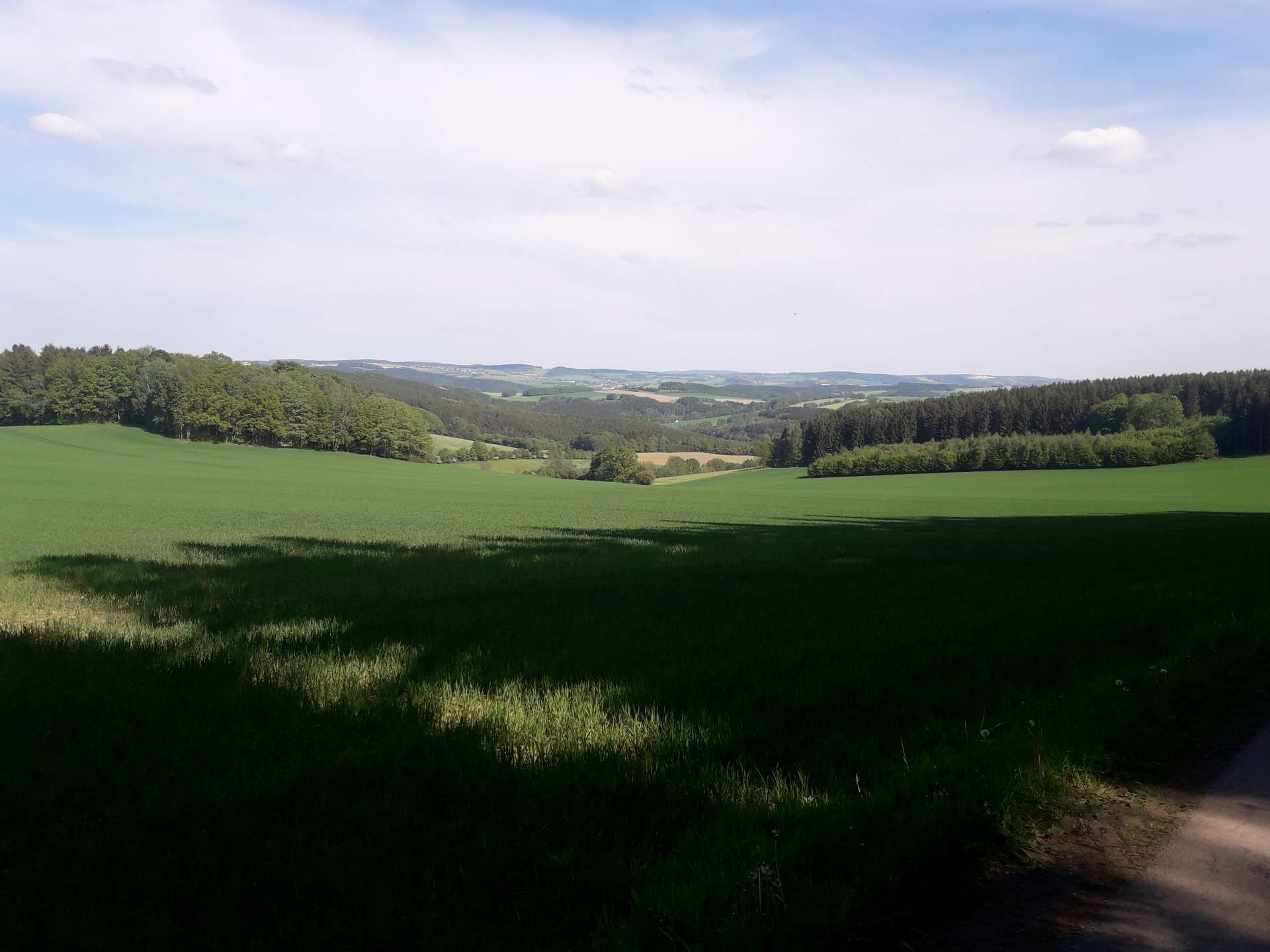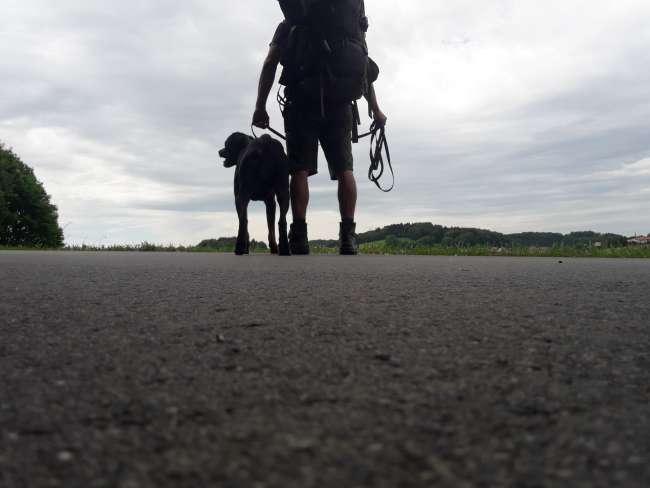Transnistria
Გამოქვეყნდა: 04.08.2018
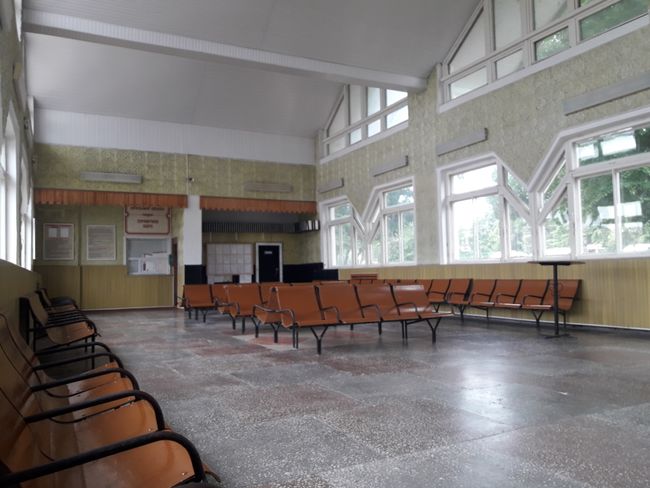
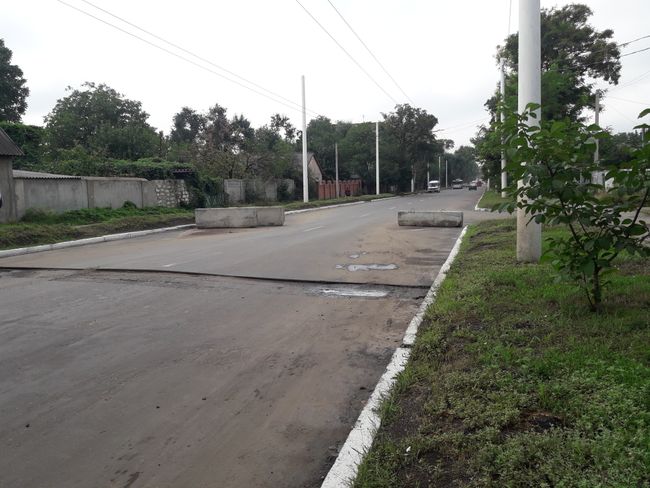
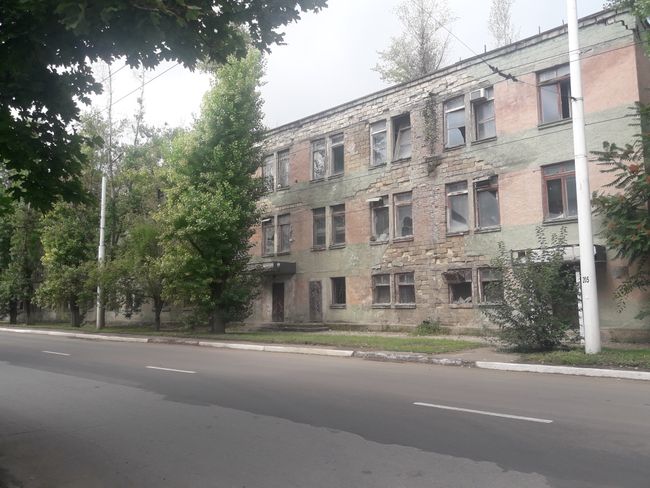
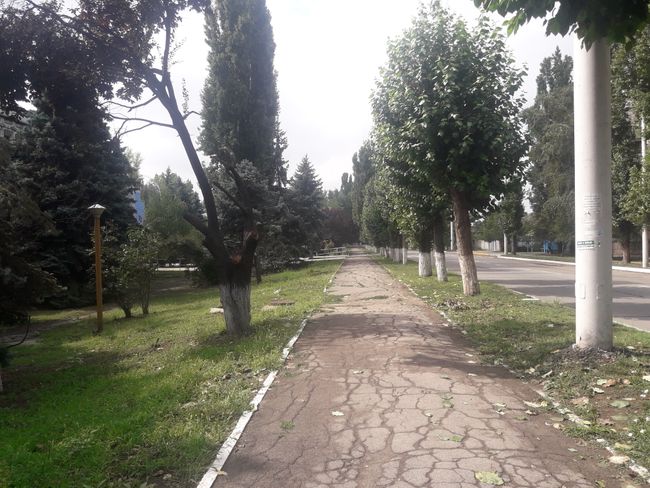
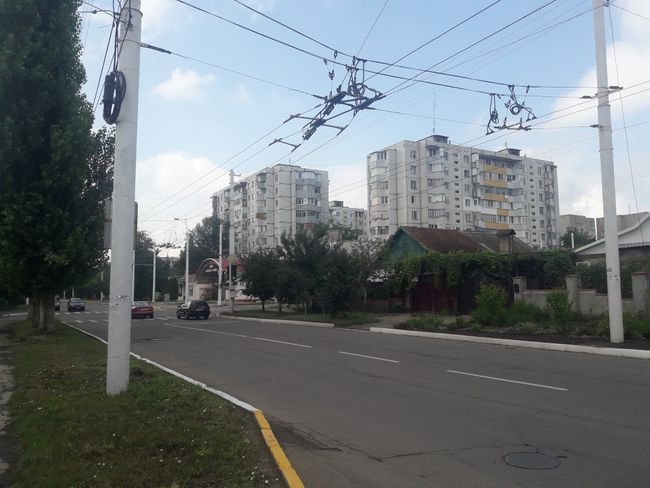
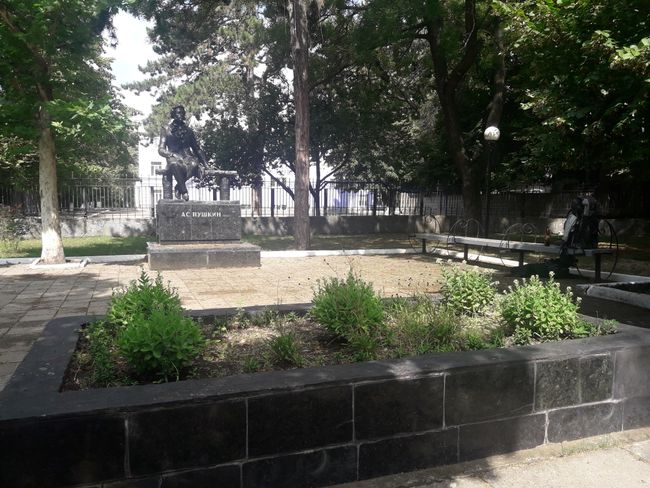
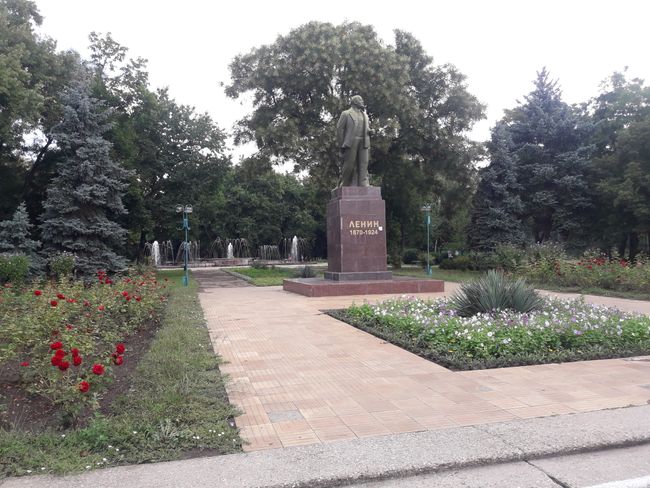
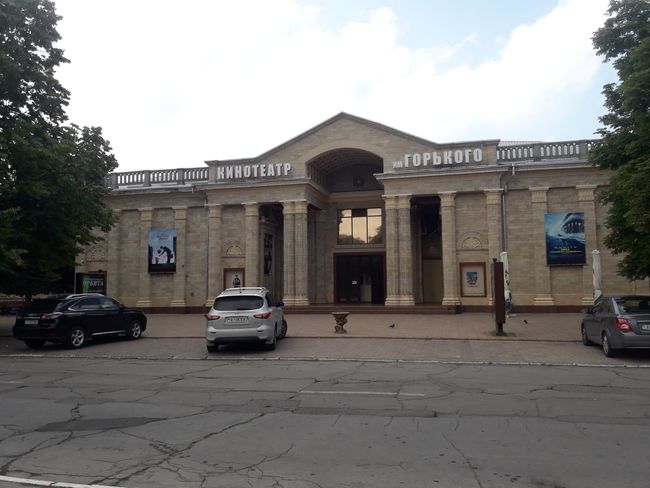
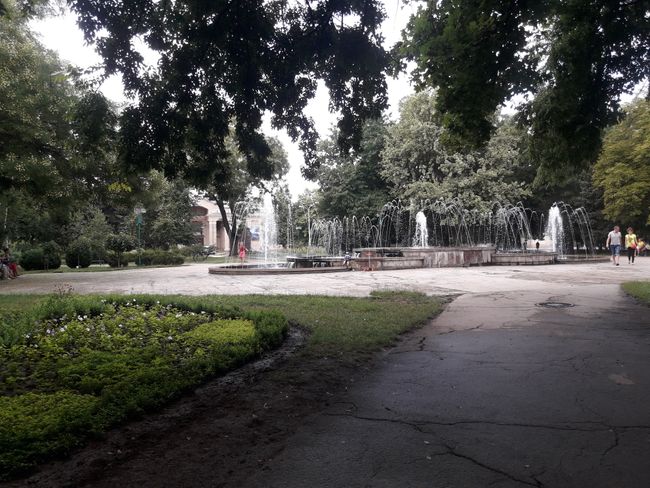
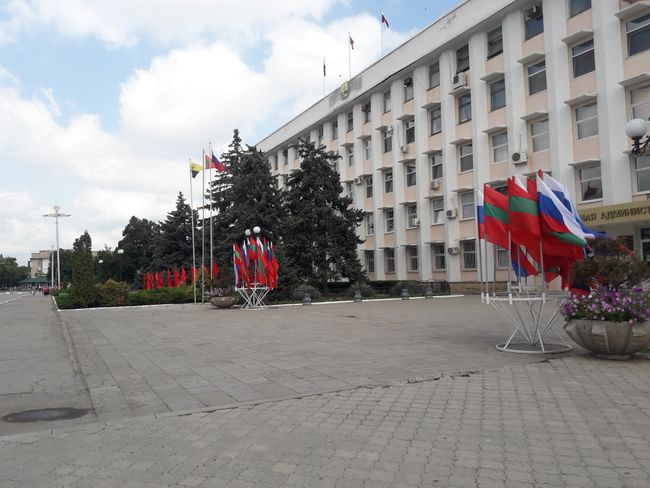
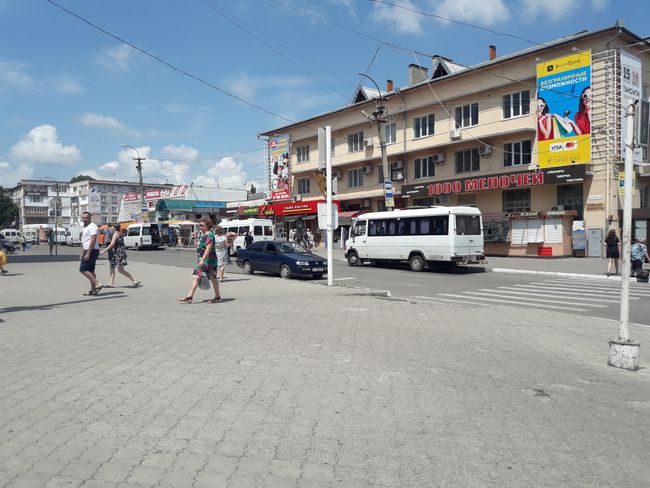
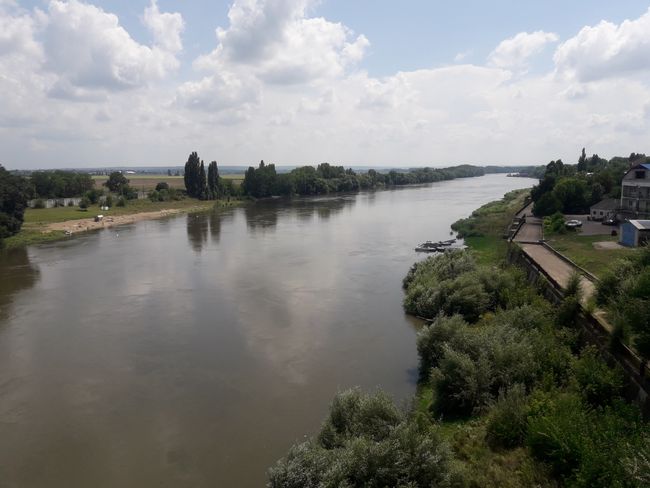
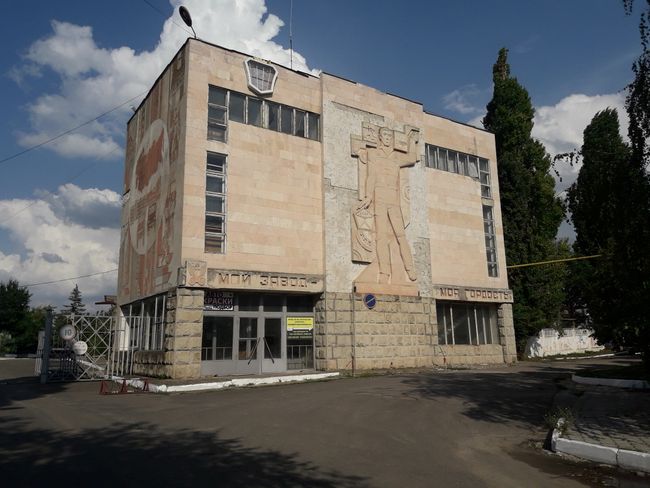
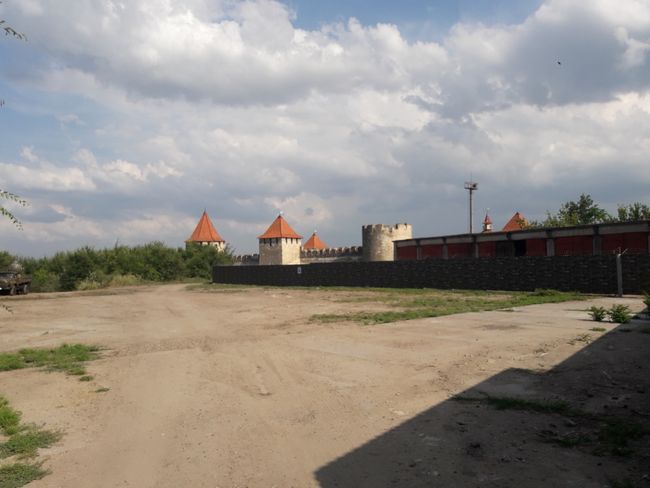
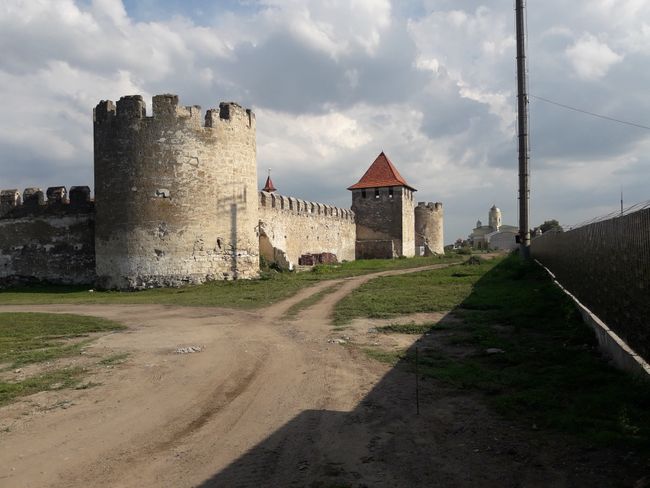
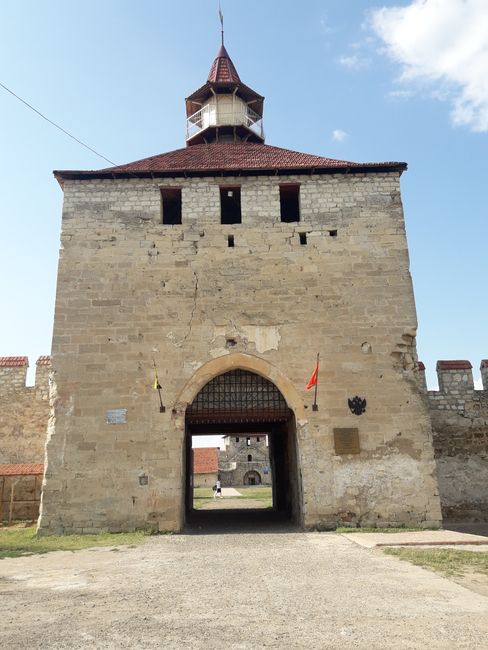
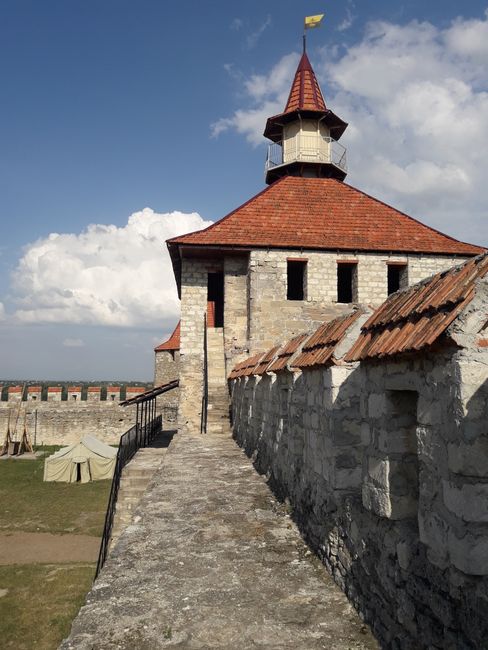
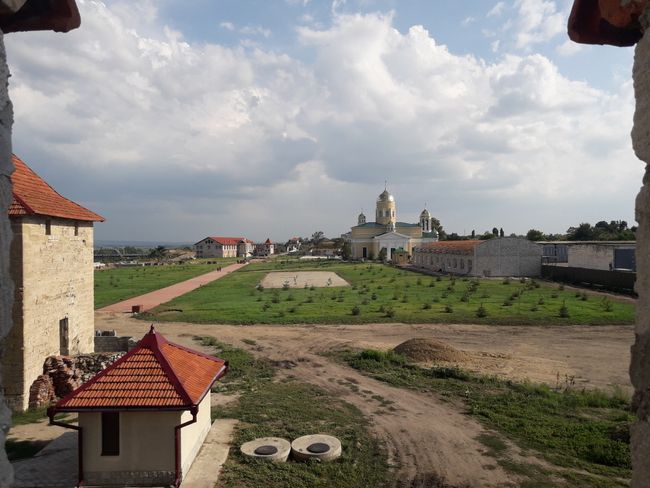
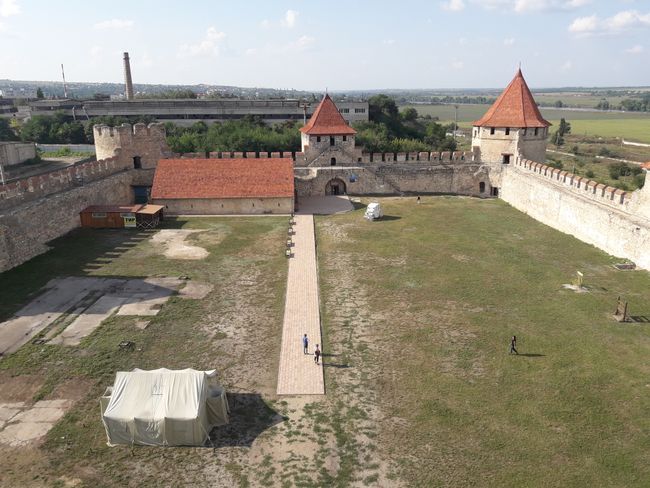
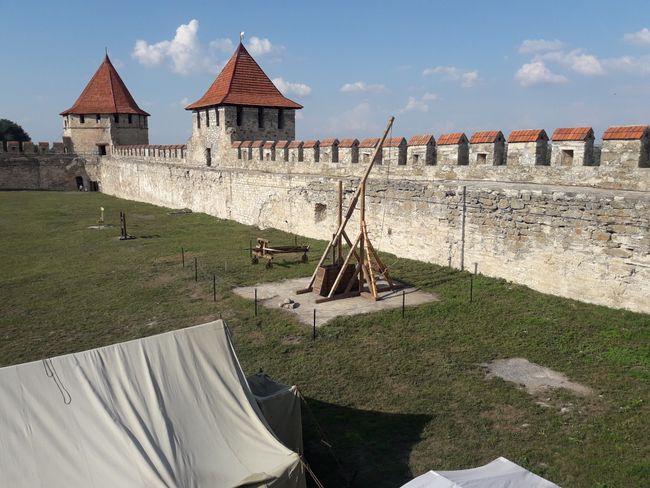
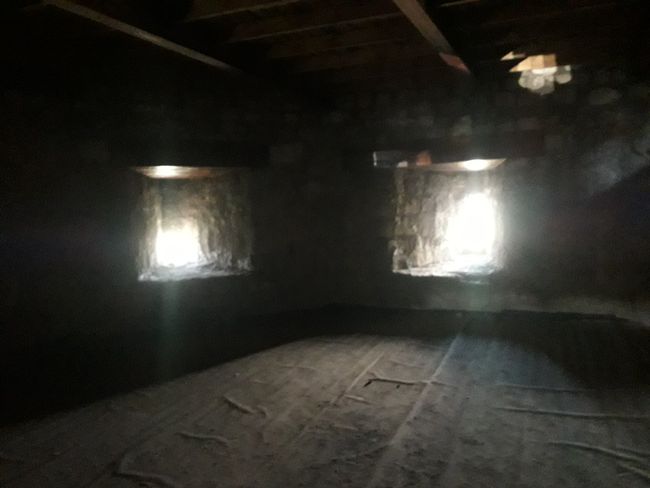
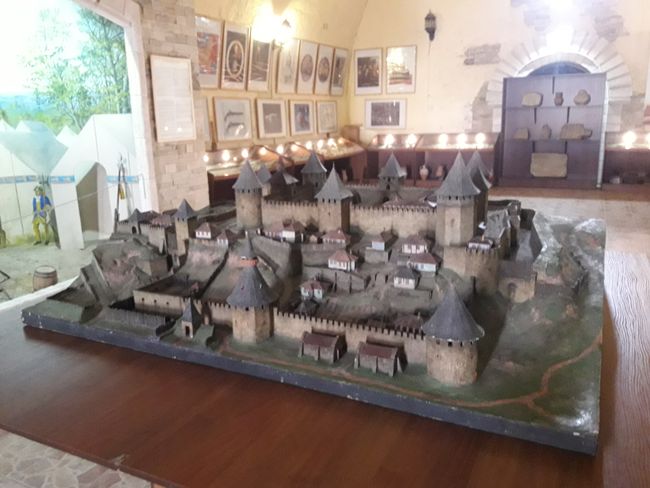
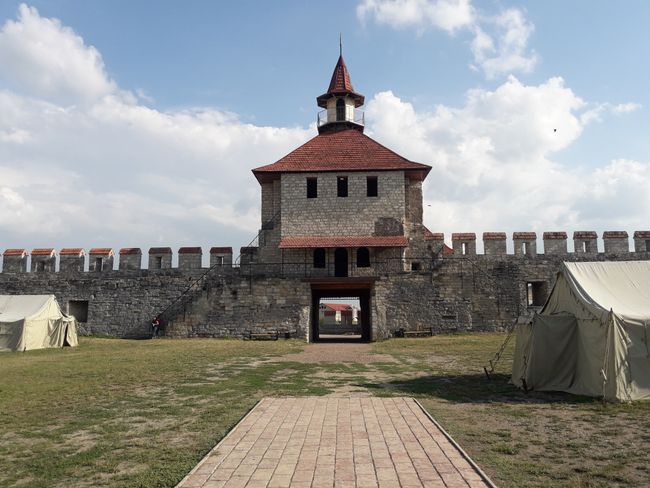
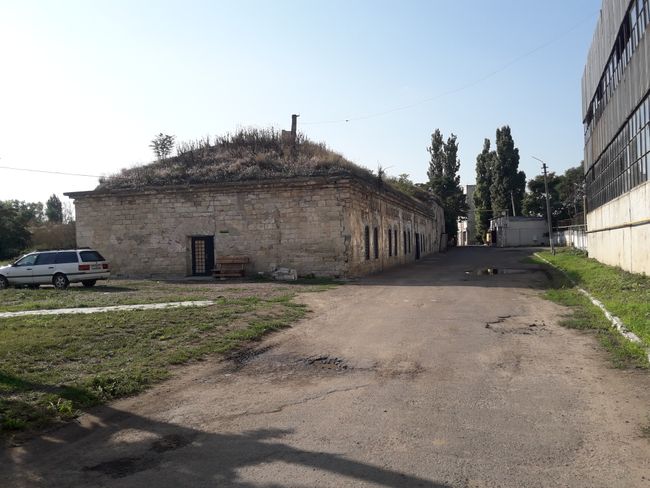
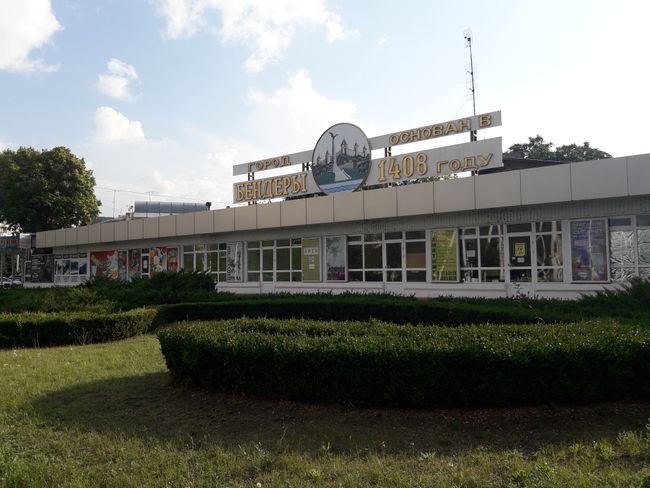
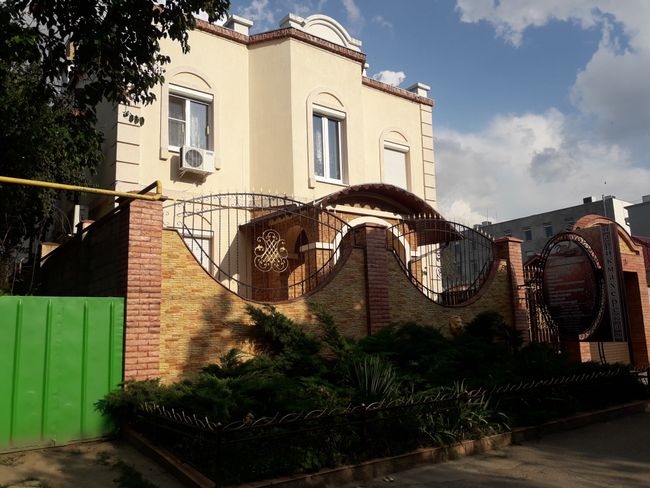
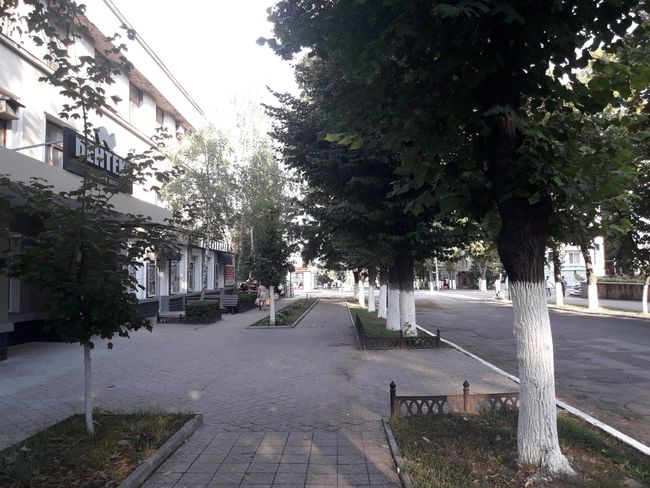
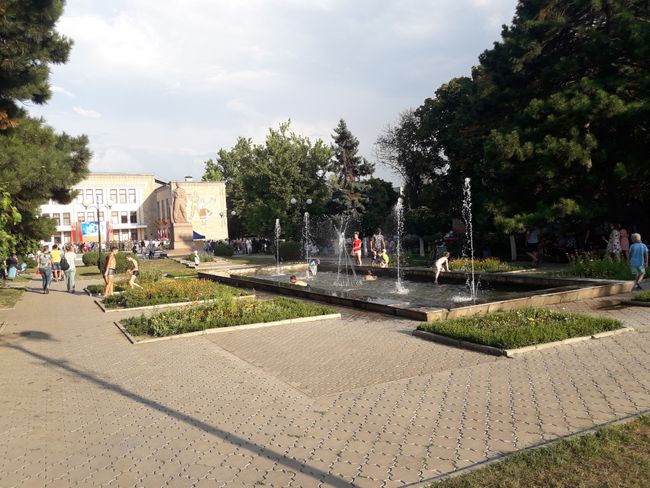
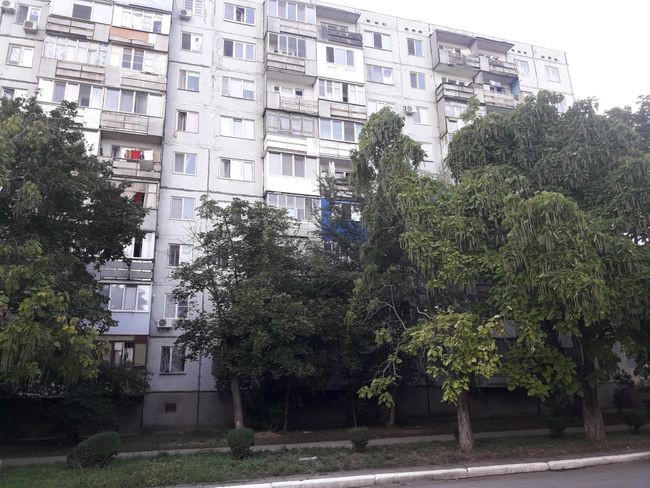
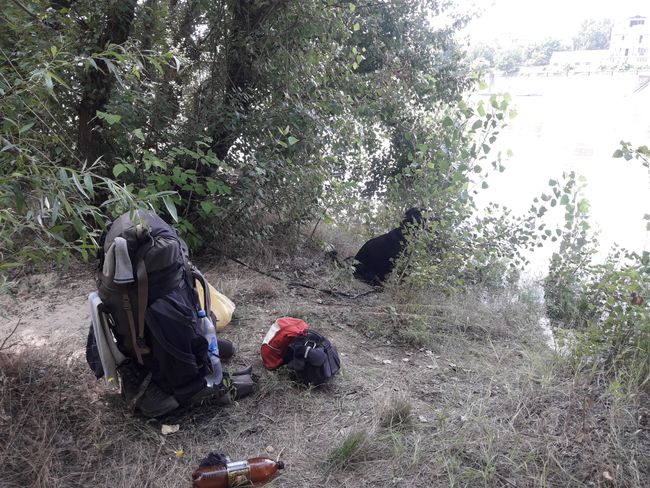
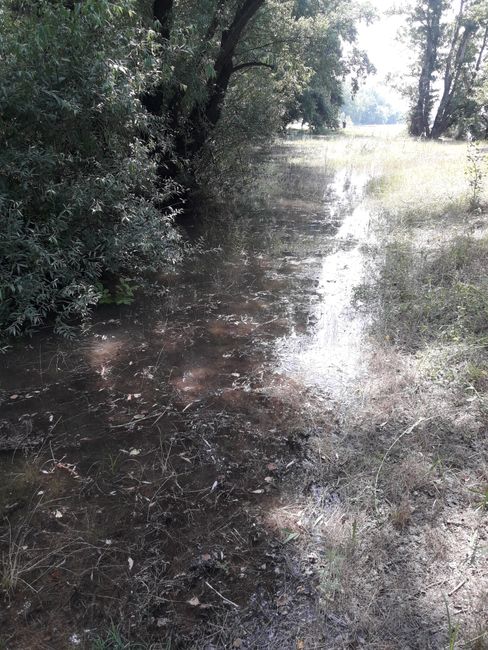
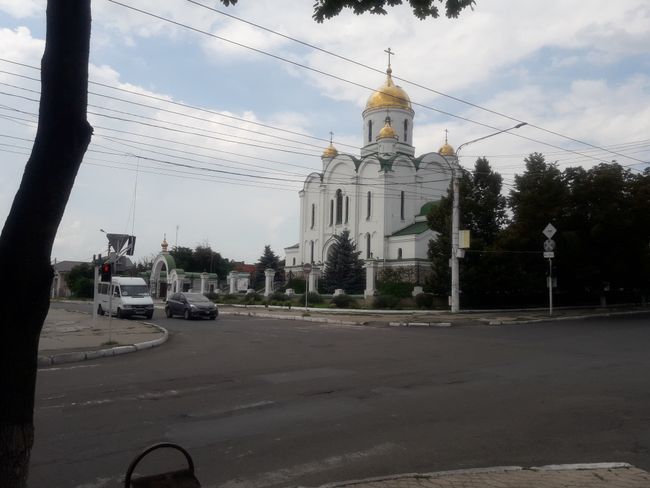
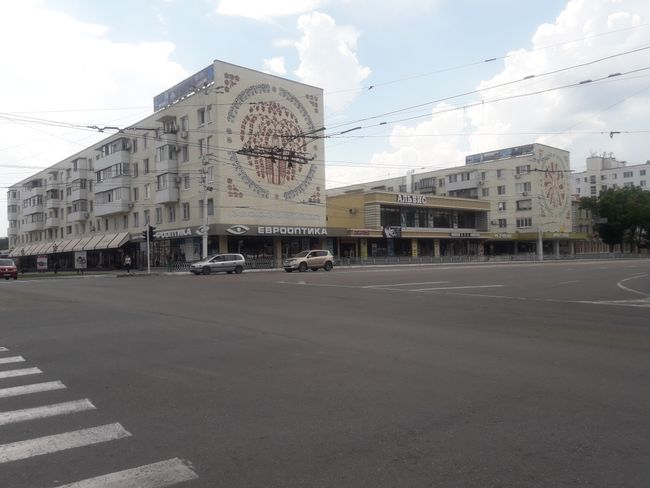
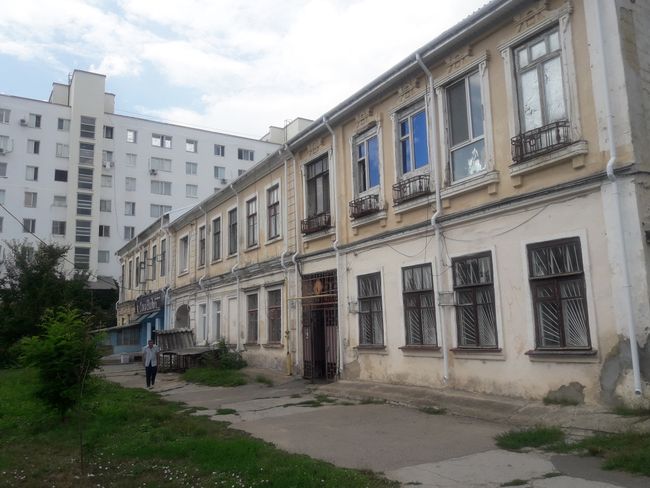
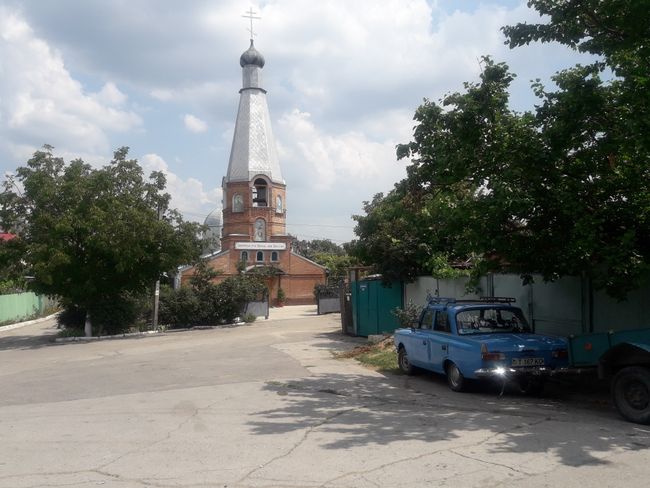

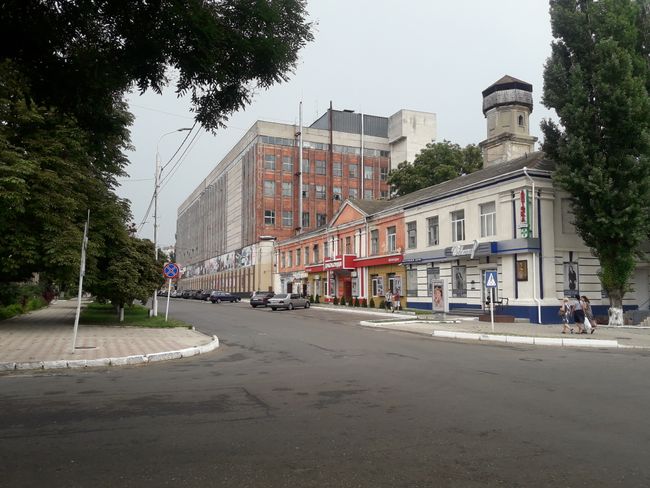
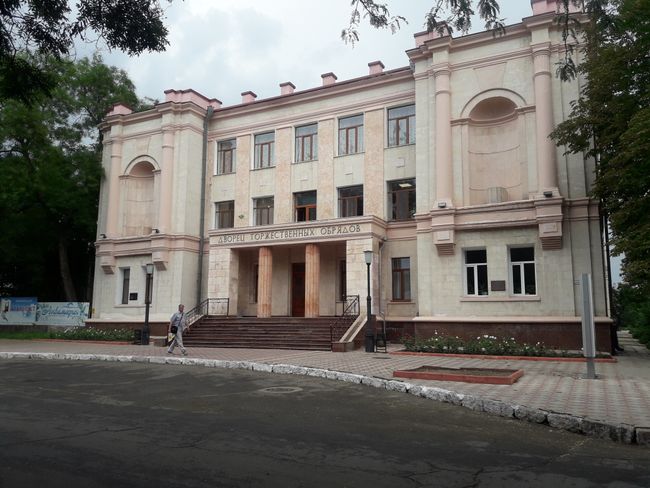
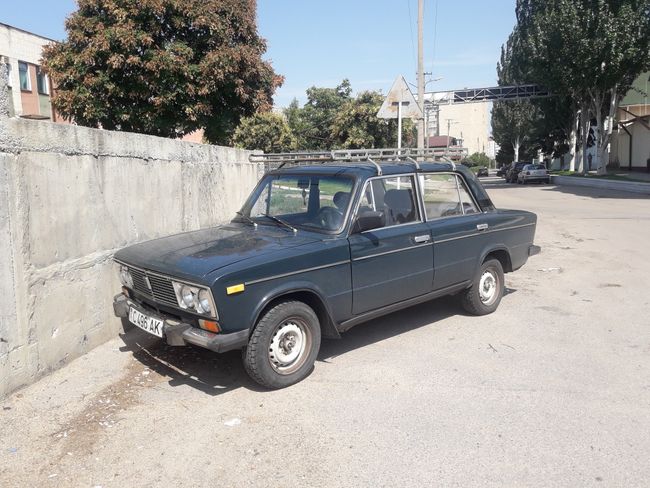
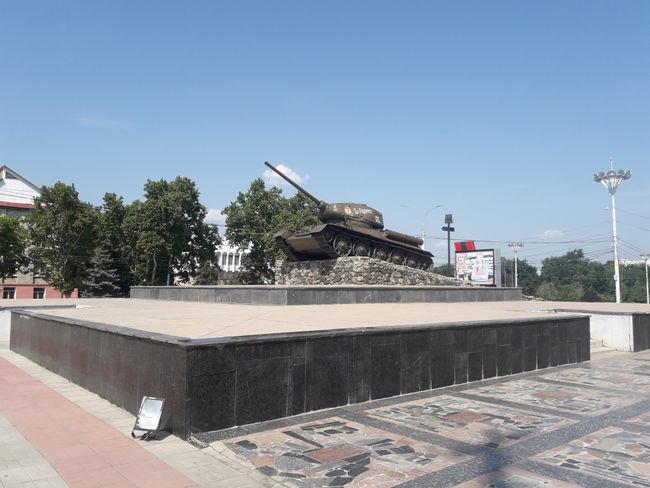
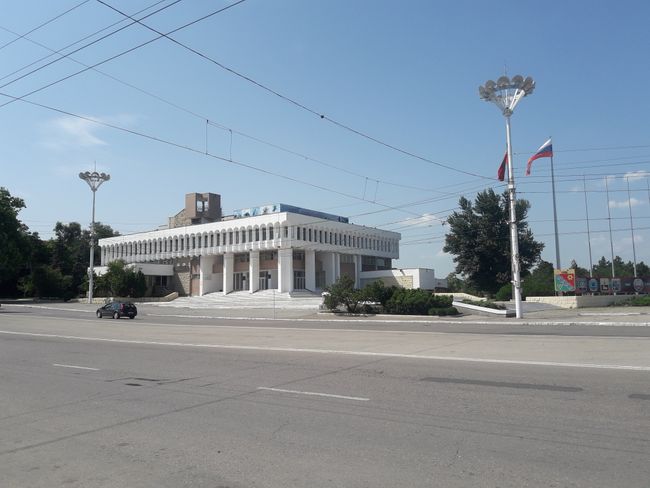
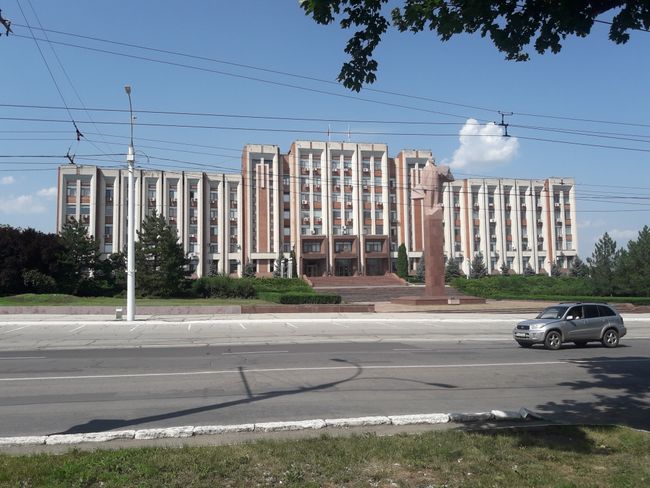
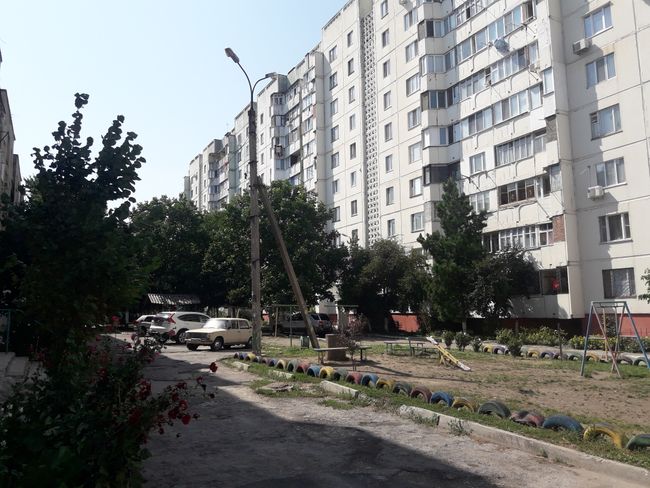
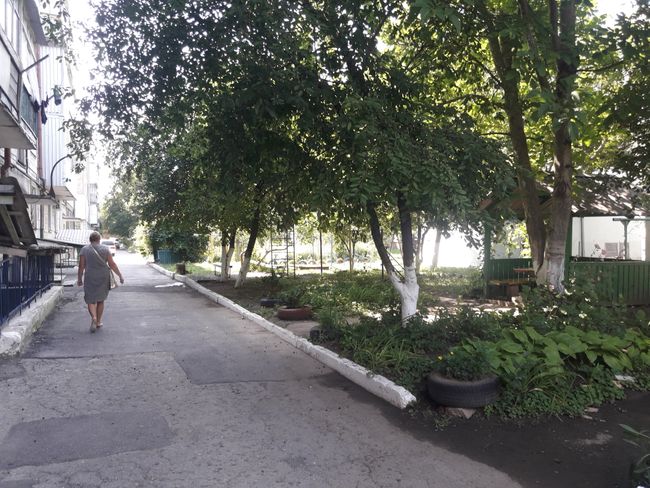
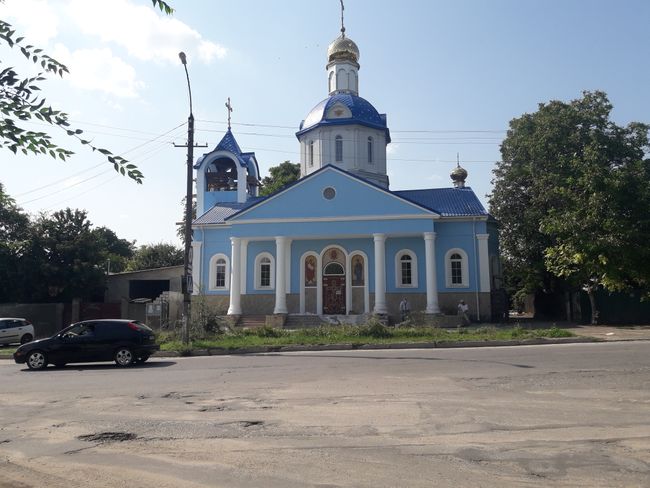
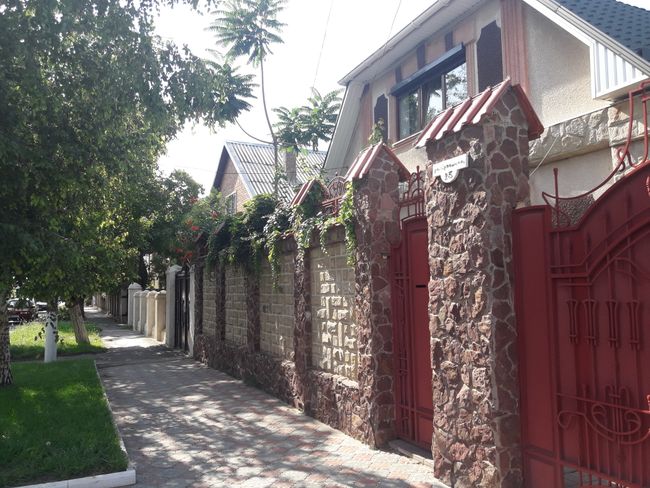
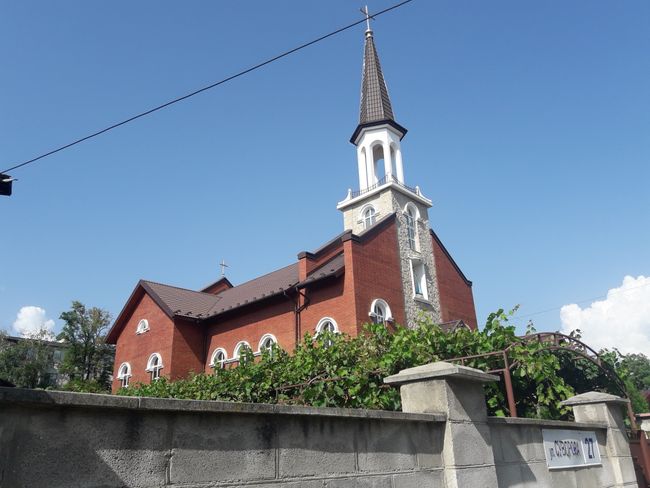
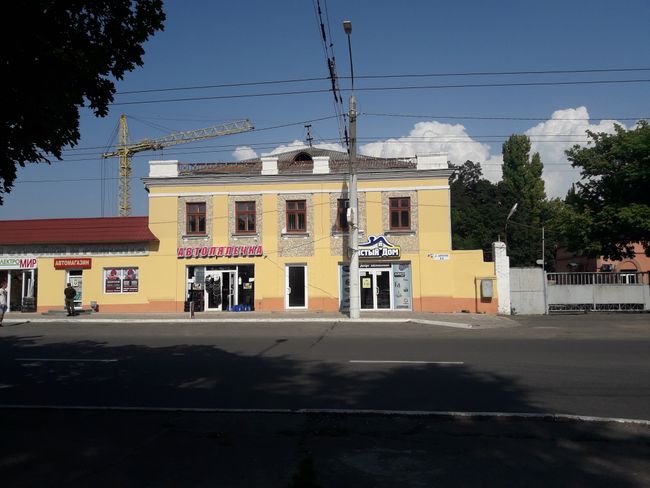
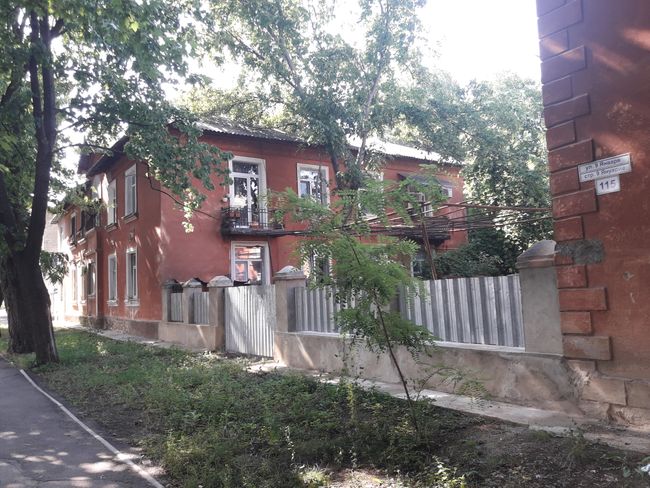
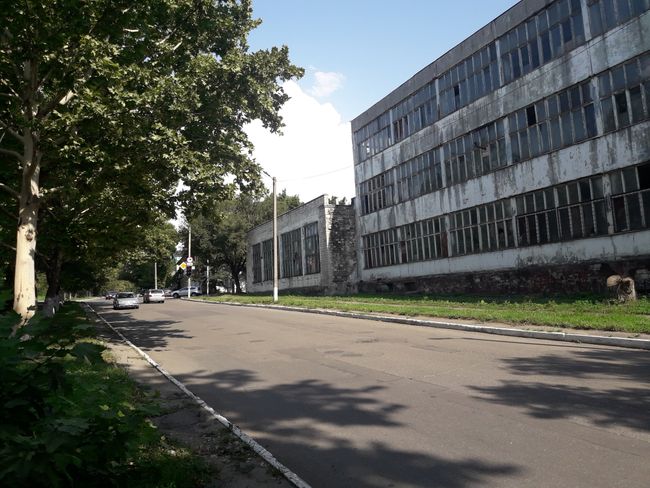
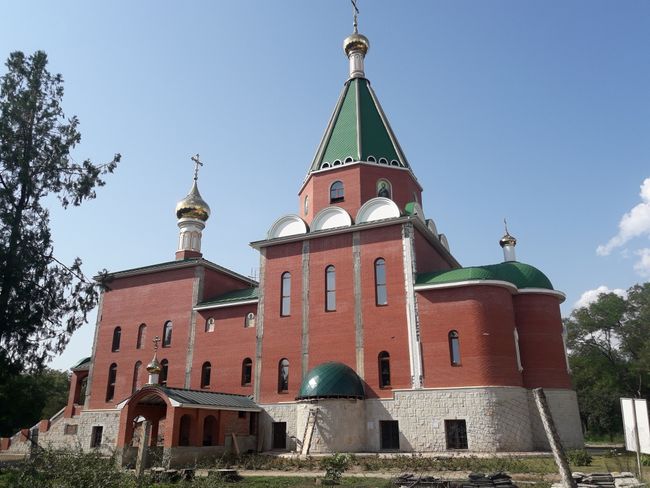
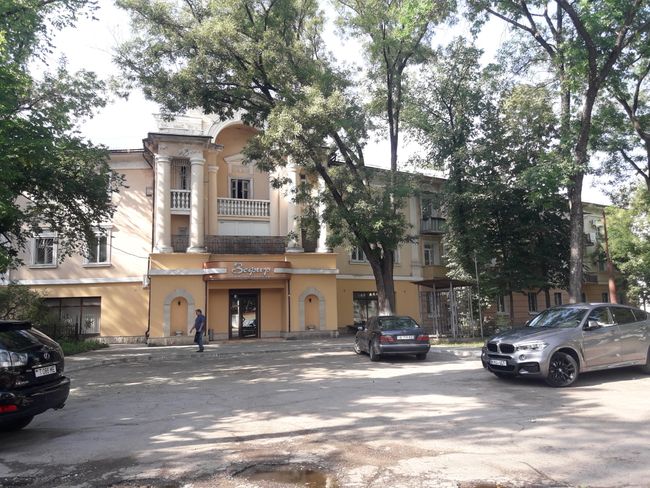
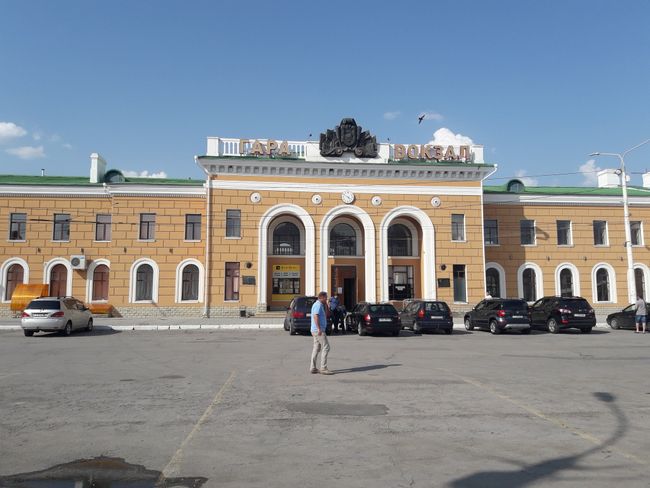

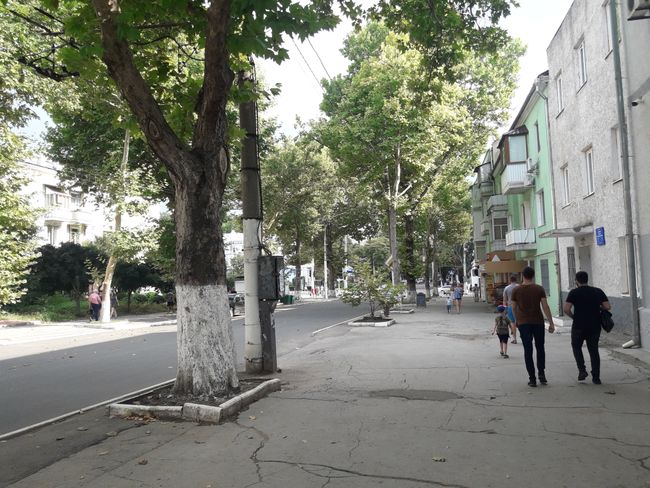
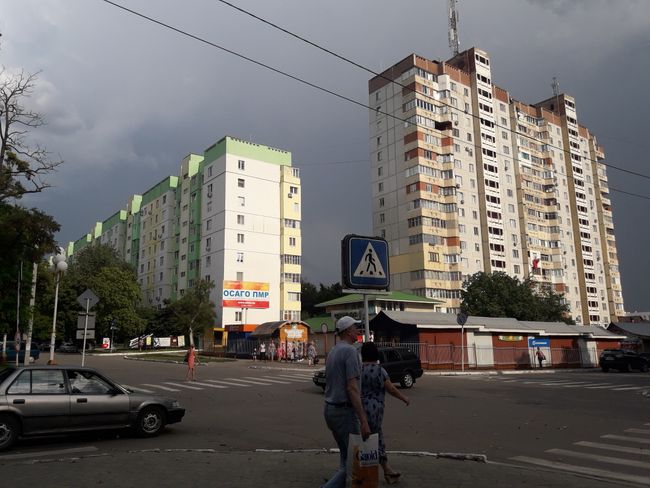
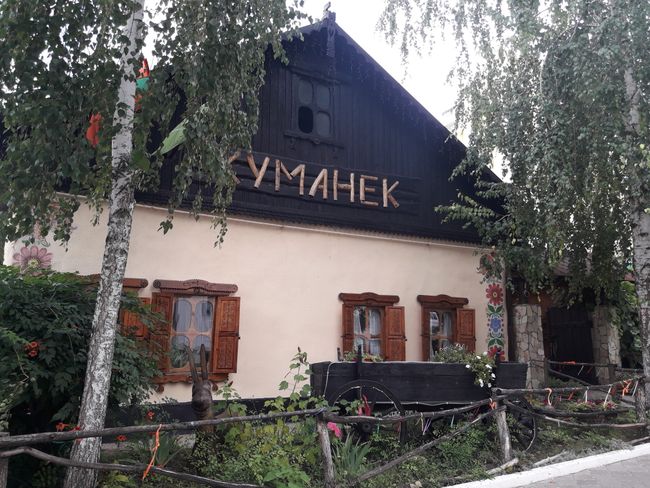
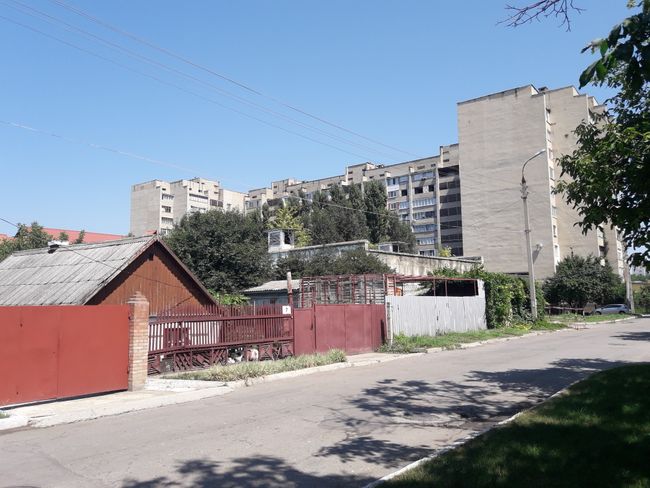
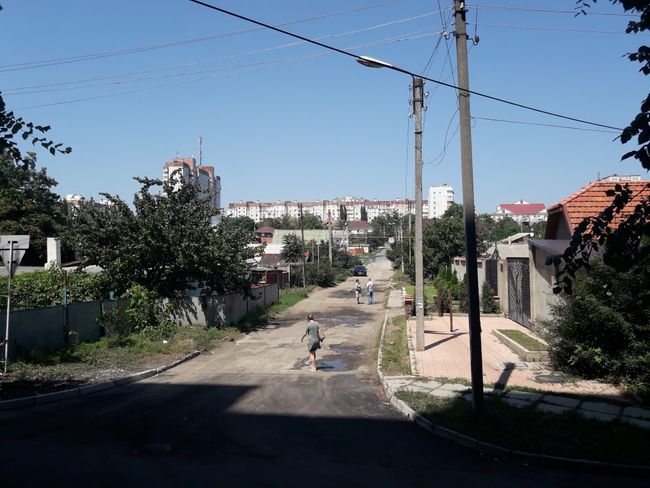
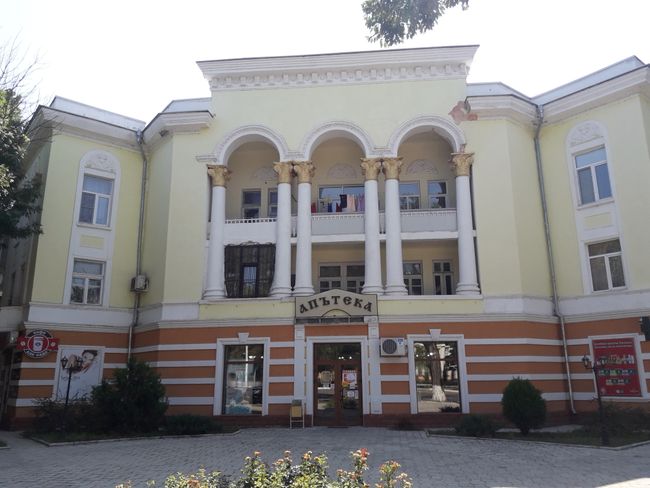
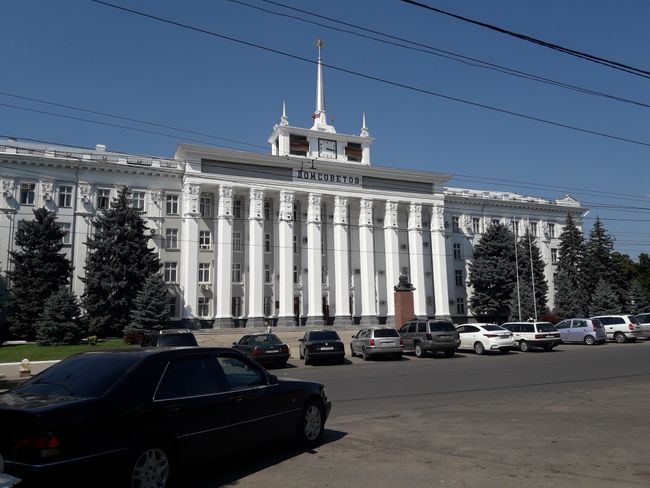
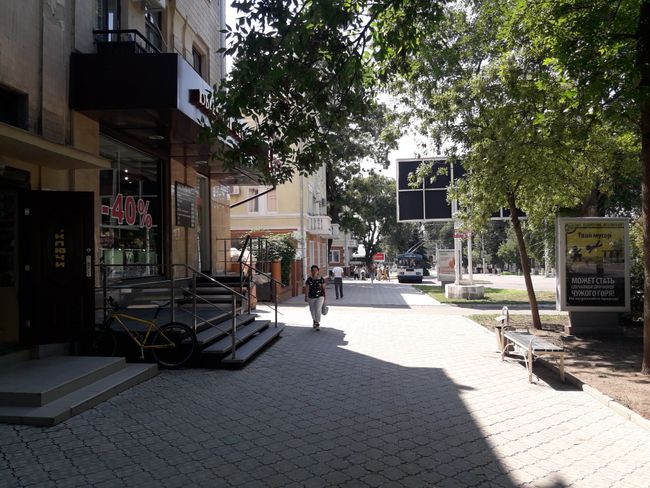
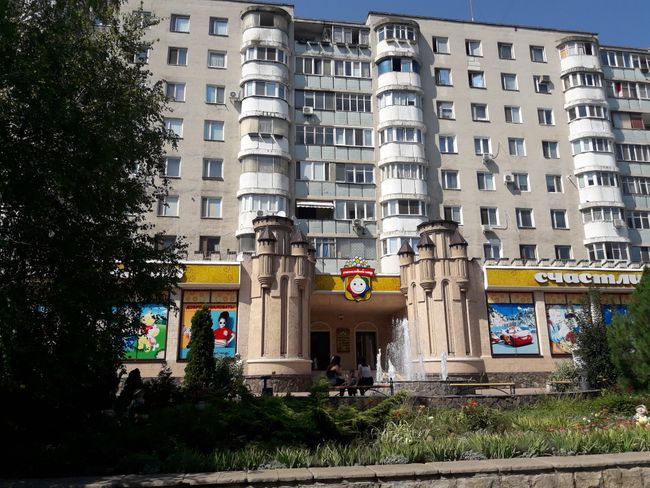
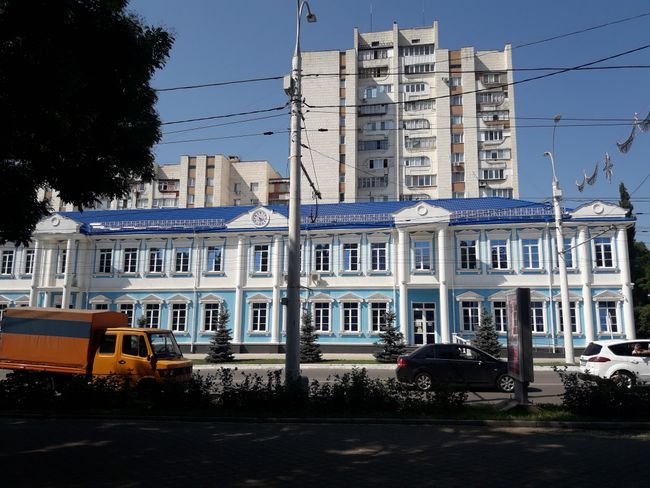
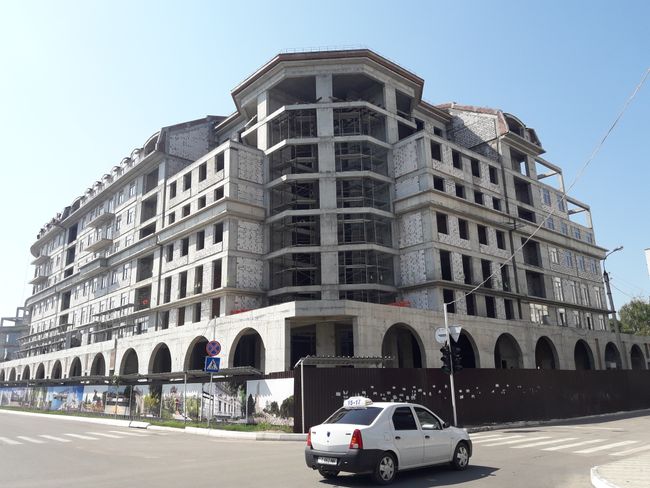
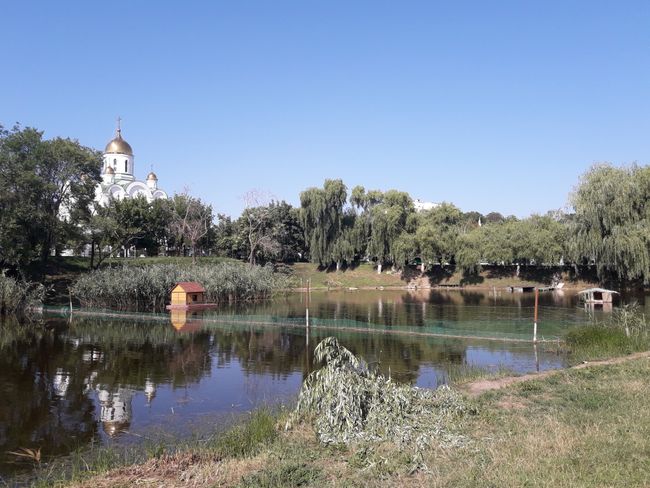
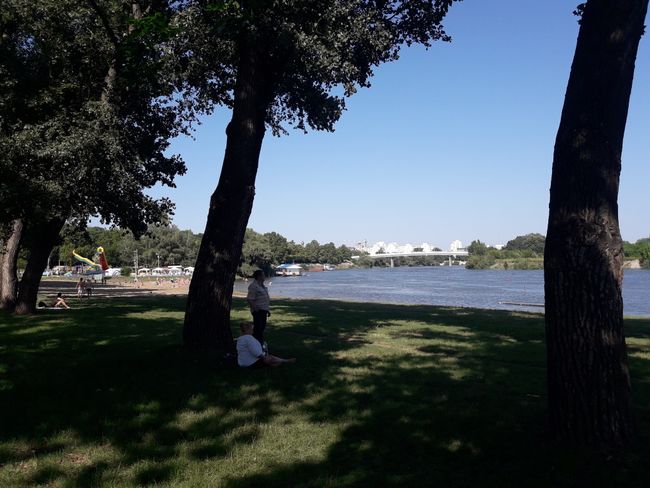
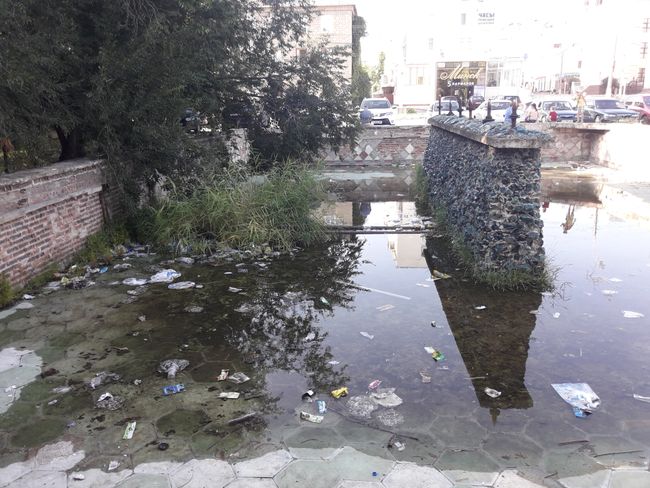
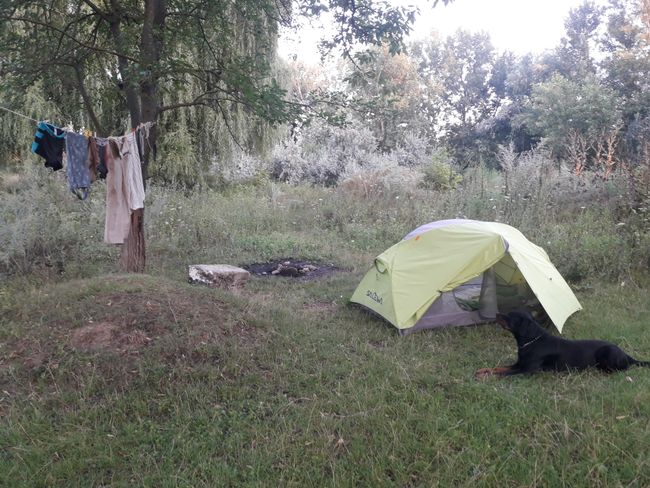
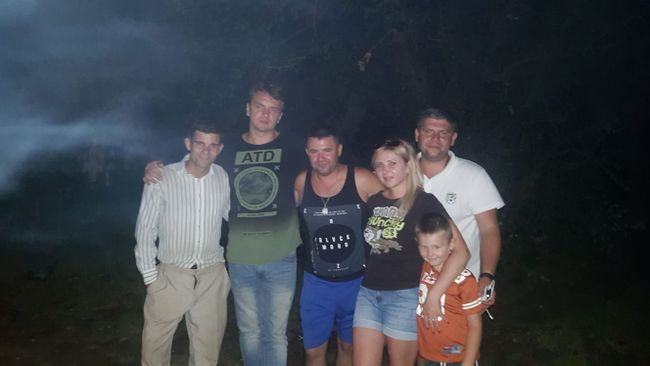
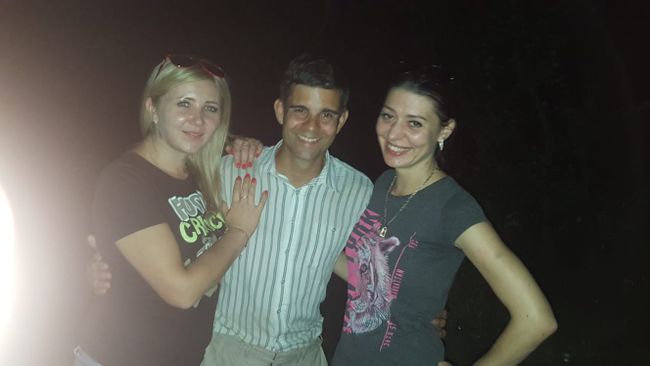
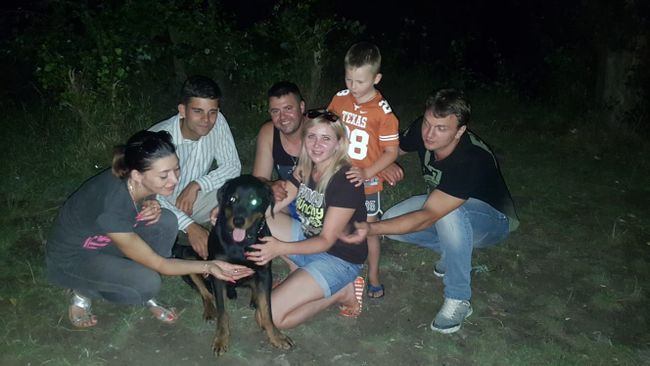
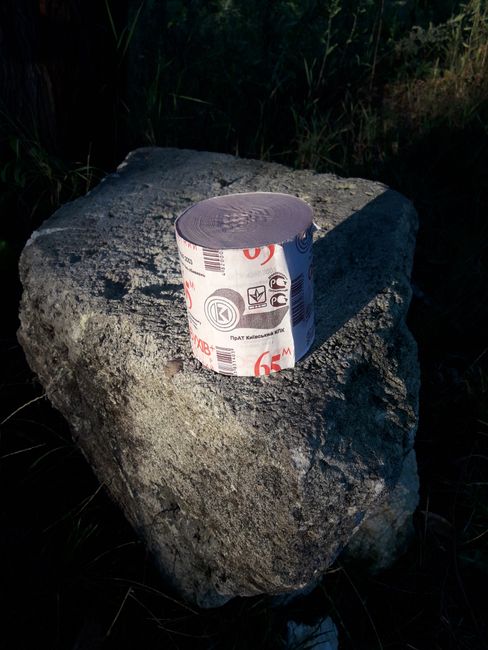
Გამოიწერეთ Newsletter
On Sunday morning (29.07.2018) shortly after six o'clock, the train station hall in Chişinău slowly fills up. It's time to leave the semi-comfortable overnight accommodation and prepare for entry into the Pridnestrovian Moldavian Republic. By half past six, we have taken our seats on the train, which gradually fills up. At eight o'clock, we get off at Bender 2 station without being bothered by a Moldovan border guard. In the train station hall, I wait for about 45 minutes until I can register as a tourist with a Transnistrian official. The man is a very calm contemporary in a chic uniform, who even tries to communicate with me in English. I can fill out the registration form mostly truthfully, only for the address of my stay, I have to be a little creative. I give the address of a hostel in Tiraspol, even though I am already considering camping by the Dniester. Since the next train to Odessa only leaves on Thursday, the officer changes my planned length of stay until August 4th after consultation, so I have plenty of time to leave the small strip of autonomous land in the east of the Republic of Moldova. Then I am kindly bid farewell, and I set off with Rango towards the city. Around nine o'clock, I exchange a few Moldovan lei for Transnistrian rubles at the first opportunity, and take a break for a small breakfast. Then I continue towards the city center, passing monuments of Pushkin and Lenin. Around noon, Rango gets something to eat in the center, and we find a shady spot to linger. Afterwards, we head towards the Tighina Fortress. The main entrance to the fort area is closed due to construction work, so I decide to leave Rango and luggage on the eastern bank of the Dniester. I quickly find a spot protected from the sun and too many curious looks. It's brutally hot again, so I use the next 2 hours to swim and doze. Shortly after four o'clock, I set off alone to the historic fortress and then again for shopping in Bender-City. Back at Rango, I wait until the largest crowd has left the nearby city beach, set up our tent, and let the day come to an end by the river.
The Monday is spent quite comfortably with swimming and some morning exercise, while the water level of the Dniester continues to rise. Around noon, we set off for nearby Tiraspol, just before the water completely surrounds us. The sun is scorching and the path offers little shade. Therefore, in Parcani, I immediately board the first electric trolleybus that runs between Bender and Tiraspol. How contemporary old technology can be sometimes... Although I have to buy 3 tickets (for me, Rango, and luggage), we still get to the capital, which is about 10 km away, very cheaply, for a total of 39 cents. We walk a bit towards the Dniester, take a break along the way for a coffee, and then set up our camp about 1 km south of the city along the river. Shortly afterwards, it starts to rain and we retreat into the tent. In the afternoon, I take my first trip to the city. I spend the evening with Dicke in the tent, while the mosquitoes buzz outside.
I spend the Tuesday morning (July 31, 2018) at the shady campsite, as the sun again brings very high temperatures. In the early afternoon, Rango and I take a walk in the city and find out the departure time of my train on Thursday morning. Along the way, we encounter several stray dogs, some of which gather together and bark at us. Even more unpleasant is the encounter with a large black shepherd dog that comes running out of a property and confronts Rango, but neither Dicke (whom I keep on a leash) nor the shepherd dog take it seriously. It remains to be noted that in Iaşi, I have lost a certain ease in dealing with such situations. From the train station, we meander back to the tent, and I take a dip in the river.
On Wednesday, we take a tour of Tiraspol. Like Bălţi, Chişinău, and Bender, Tiraspol is also characterized by typical Eastern European architecture. Many small plots of land with single-family houses and only in the immediate center can bourgeois streets with multi-storey, mostly two-storey, residential buildings be found. Individual panel housing estates complement cultural institutions, administrative buildings, and Soviet-style memorials. The generous planting of the streets with plane trees and other shade-giving trees proves to be very pleasant. Back at the tent, I meet some locals of my age, with whom I strike up a conversation and spend the evening. They even offer me a room in Tiraspol, but since I plan to move on the next day, it's not worth the move. So we say goodbye shortly before midnight, and in addition to good wishes, I receive a roll of toilet paper for the road. Very caring of the group.
Გამოიწერეთ Newsletter
Უპასუხე
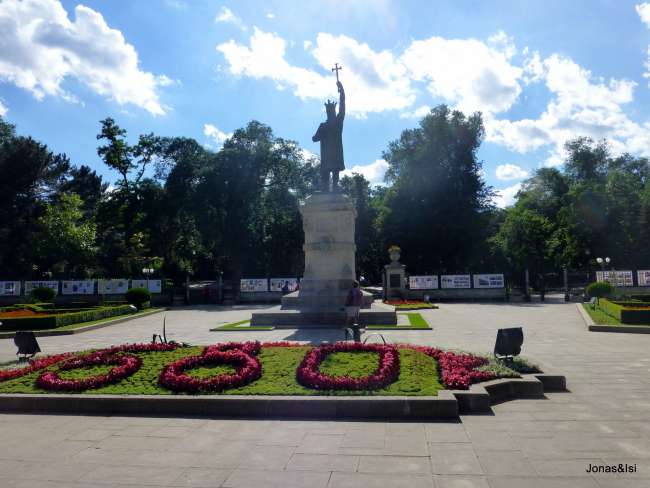
Მოგზაურობის ანგარიშები Მოლდოვა
